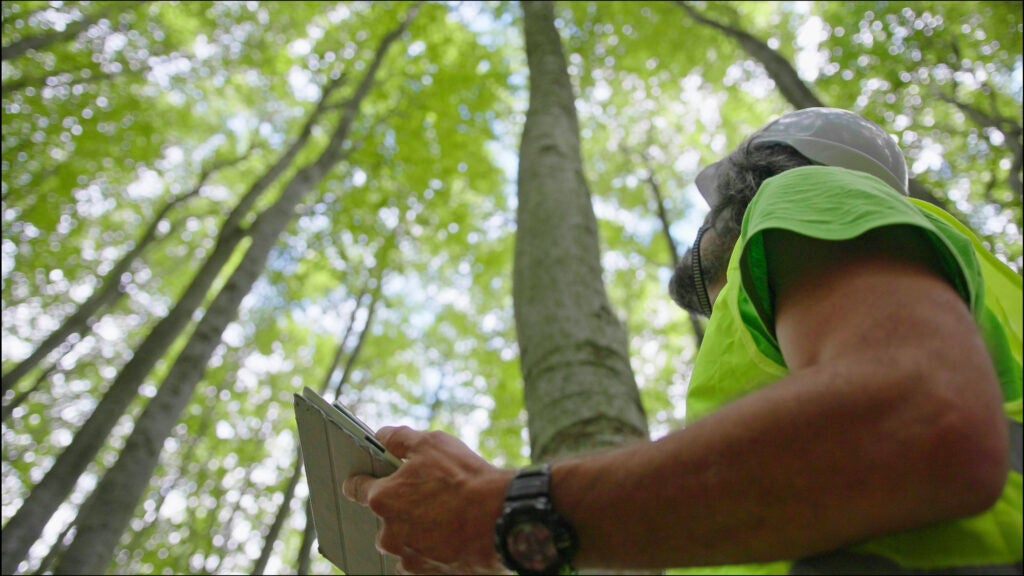
Protecting and restoring mangrove forests are cost-effective nature-based solutions to buffer coastlines from the impacts of climate change. Photo: Environmental Defense Fund
By Juan Pablo Hoffmaister, Associate Vice President, Global Climate Cooperation and Zach Cohen, Senior Analyst, Global Climate Cooperation
Climate change isn’t just about sudden disasters. Creeping issues like biodiversity loss, rising sea levels, and desertification are slowly reshaping our world, often relegated to the background in the face of more immediate climate emergencies.
These long-term challenges are known as slow onset events (SOEs). They place new pressures on communities to adapt through measures such as disaster preparedness, while also leading to losses and damages (L&D) – the impacts of climate change which occur despite mitigation and adaptation efforts.
While the international community has made important progress to address the impacts of SOEs – including launching a new Loss and Damage fund to assist vulnerable countries in preparing for and responding to SOEs – the reality is that financing for slow onset events remains severely lacking. Many countries are struggling to secure the resources needed to address these monumental environmental dilemmas.
In order to prioritize tomorrow’s issues today, we must rapidly scale up finance to tackle SOEs. The L&D fund will play a key role on this front – it recently held its first board meeting, and as it gears up to provide financing to those in need, it must do so in a way that optimizes public resources to maximize impact and leverages the solutions already provided by nature.
Read More »




